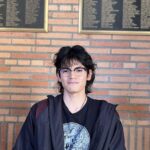What is Civil Engineering?
Civil Engineering is the branch of engineering tasked with designing, constructing, and maintaining infrastructure. Yes, civil engineers do build bridges and dams, but they’re also responsible for constructing buildings, roads, airports, water distribution systems, wastewater treatment plants, energy systems, and other infrastructure. Using principles from subjects ranging from mathematics, physics, chemistry, structural mechanics, fluid mechanics, and material science, to name a few, civil engineers ensure that the infrastructure they construct is safe enough to withstand various natural forces, efficient enough to generate and provide sufficient energy, and sustainable enough to minimize environmental degradation. Civil engineers work in unison with several other occupations, such as architects, urban planners, and environmental engineers, in order to meet these rigorous demands. It goes without saying that civil engineers play a vital role in shaping the built environment and strive to improve the quality of life for humanity as a whole.
Why Civil Engineering and Why Civil Engineering at USC?
From a young age, I knew I wanted to pursue a career in a STEM-oriented field. I think somewhere in between building the Millennium Falcon out of LEGOS and constructing cities out of wooden blocks, my mind began gravitating toward engineering, particularly a discipline that involved constructing things. When I was old enough to understand exactly what my mom did as a civil engineer, I knew immediately that I wanted to follow in her footsteps. She was, and still is, my greatest inspiration and undoubtedly played a major role in my choosing to study civil engineering.
Now, when it came to choosing where to study civil engineering, I was in full control. And I couldn’t be happier with the decision I made. I remember visiting USC as a senior for Admitted Students Day and being greeted by a cheery, charismatic student: Christopher Meany. He led a group of prospective students, including myself, to Kaprielian Hall and showed us the labs underground, where Viterbi students conduct material science experiments and construct projects for extracurricular clubs. However, what I remember most about Chris was simply his kind character. And what surprised me even more was that it appeared that all the other students present at the Admitted Students event representing USC’s Viterbi School of Engineering shared that energy and sense of camaraderie.
As a sophomore now, I can attest to the fact that within Viterbi, the sense of community is preeminent, and this collaboration is one of my favorite parts of being an engineer at USC. In and out of class, I feel as if my peers and I are trying to elevate each other to be the most successful students and people we can be. Within the Sonny Astani Department of Civil and Environmental Engineering, there are around 45 civil engineering students in my graduating class, meaning that we are a tight-knit community who spend a lot of time studying together and working on projects together in design teams offered by our chapter of the American Society of Civil Engineers (ASCE) like Steel Bridge, Concrete Canoe, and Timber Strong, as well as the Earthquake Engineering Research Institute (EERI). Having the opportunity to grow alongside my peers in an intimately connected community through collaboration has allowed me to grow my social and technical skills in areas I may not have been able to had the civil engineering program been larger or less community-oriented.
Equally as important and attractive, Viterbi offers their students countless opportunities to engage in research as early as their freshman year and opportunities to connect with the professional world. Through the Center for Undergraduate Research in Viterbi Engineering, or CURVE, I was able to participate in research in Professor Daniel McCurry’s Water Lab for the entirety of my freshman year and the following summer studying the characterization of nitrogenous disinfection byproducts through derivatization techniques. Through CURVE again, I am currently working in Professor Thomas Petersen’s lab on numerical modeling of transport equations for clay systems. CURVE provides students with the opportunity to conduct compensated research under the guidance of a Ph.D. mentor for the duration of an academic school year and culminates with students presenting their research findings at the CURVE Symposium in April. Additionally, the professional opportunities offered by Viterbi are countless. The school of engineering hosts a career fair once each semester that is exclusively open to engineering students and invites hundreds of companies to recruit students for internships and full-time positions from the paths of Trousdale on USC’s campus. Not only does Viterbi provide students with such opportunities, several student organizations like the Society of Hispanic Professional Engineers (SHPE), the National Society of Black Engineers (NSBE), and the Society of Women Engineers (SWE) invite companies to USC for resume workshops, mock interview sessions, informational sessions, and even sponsor students to attend national conferences across the country where students can network with other engineering students and employers and build their professional connections.
Switching over to civil engineering, as I mentioned earlier, the small community of civil engineers at USC offers students a great opportunity to collaborate with one another on a deeper level than just knowing a familiar face. I’ve gotten to know a lot of peers beyond a surface level through design teams and other student organizations, as well as by simply being able to spend more time with them outside of the classroom. Another part of the civil engineering department I love is its balance of theoretical and technical practice. There are some professors who prefer to teach by doing strictly numerical examples, like my CE215: Statics and Dynamics professor. But there are also some professors who enjoy a more theoretical approach using definitions, derivations, and conceptual problems, like my CE309: Fluid Mechanics professor. As an engineer, it is important to understand how to solve complex engineering problems using complex methods and approaches. Sure, maybe your first approach didn’t work because you forgot a negative sign while solving your force balance equations, but when your approach fails again after you add the negative, maybe that means your conceptual understanding may be faulty and vice versa. Providing students with courses that vary in how they are taught is a strategic way that Viterbi prepares students to become prime problem solvers.
Overall, Viterbi’s emphasis on being a well-rounded engineer, well-versed and proficient in technical, theoretical, and collaborative understanding, is what truly sets it apart and ensures that students are ready to pursue whatever they choose post-graduation whether it be academia, like earning a Ph.D. or professorship, or industry.















